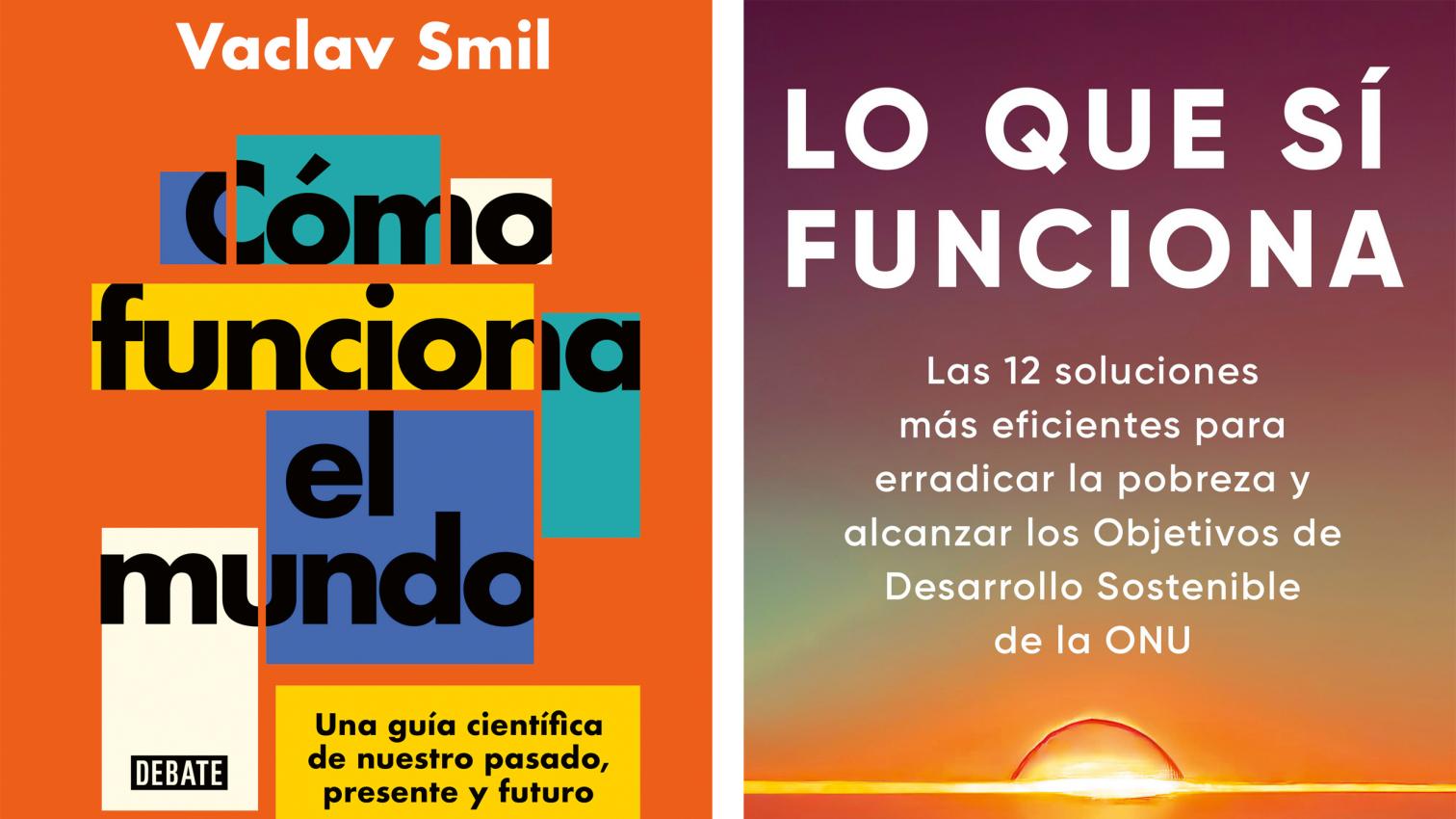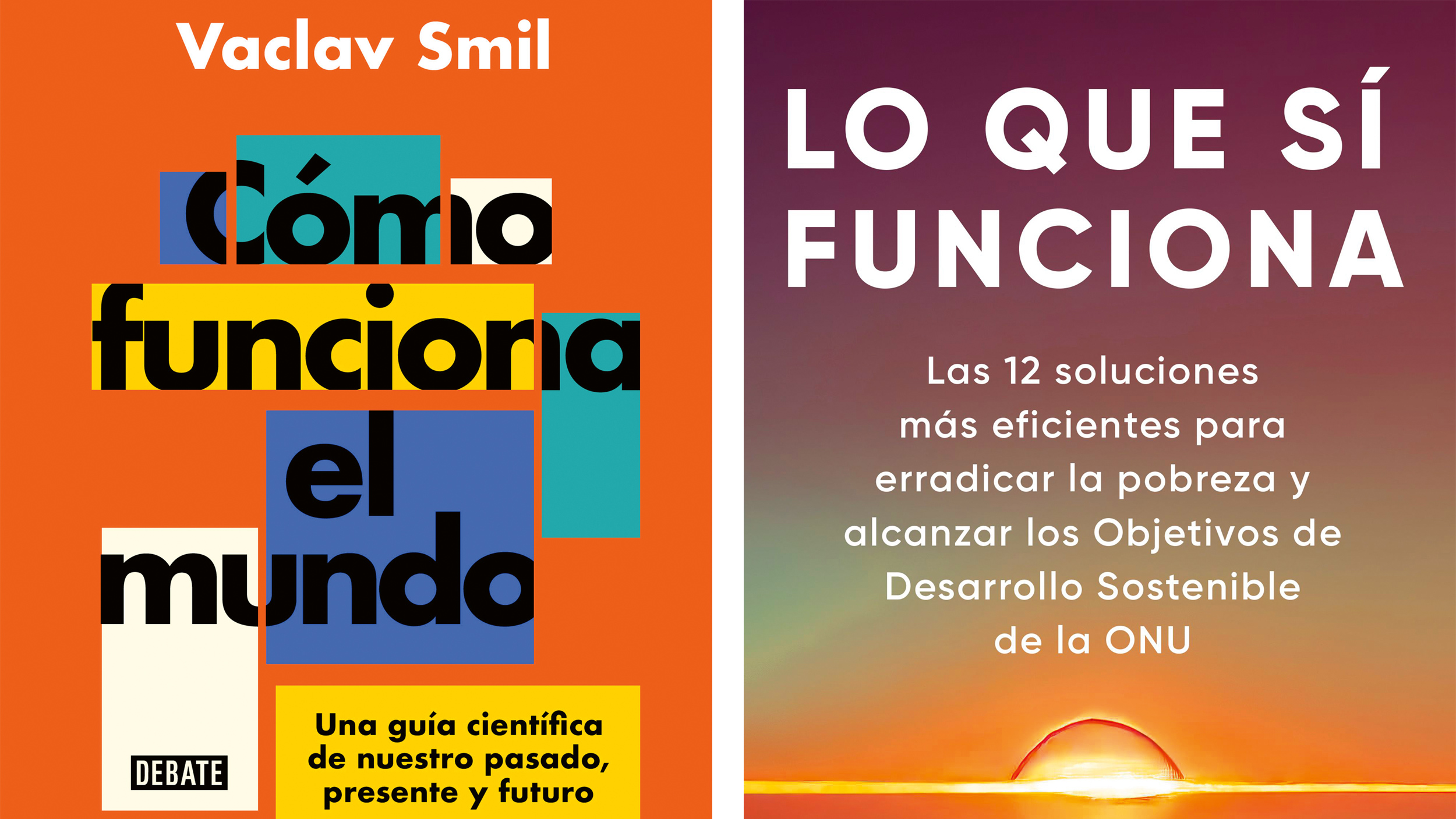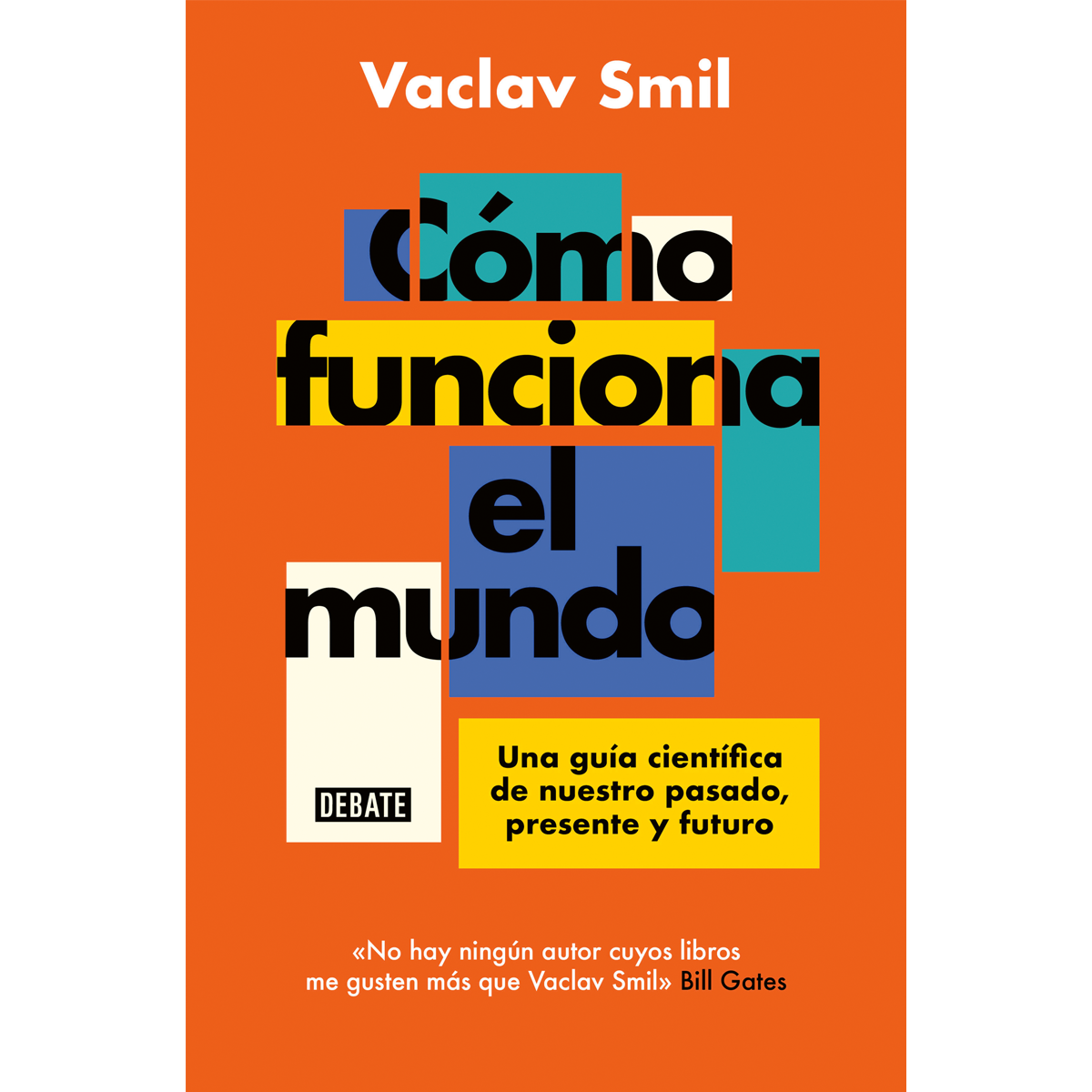
Both praised by Bill Gates, the Czech-Canadian scientist and political analyst Vaclav Smil and the Danish economist and political scientist Bjørn Lomborg propose a reality check: Smil’s How the World Really Works and Lomborg’s Best Things First invite us to quit magical thinking and face the real challenges of our time. Smil declares himself an agnostic, convinced that methodical doubt is more honest than catastrophist or optimistic predictions, which are based more on ideological or religious convictions than on scientific evidence; and Lomborg, who became famous with The Skeptical Environmentalist, subjects public policies to a cost-benefit analysis that produces oft-unexpected results, deviating from habitual practices. Agnostic and skeptical, the two use quantitative tools to show ‘how the world really works’ and determine the priorities that promote ‘best things first.’
Smil believes that urbanization and mechanization have estranged us from the generation of energy, the production of food, and the manufacture of machines, so much so that most people in contemporary societies have superficial knowledge of how the world works, and thus the importance of his ‘Scientist’s Guide to our Past, Present, and Future’, which tries to give us a historical and current understanding of the material world, and projects this comprehension to an assessment of the risks that threaten us in the future. Of special interest is the chapter on energy, or the one that shows the extent to which food production depends on fossil fuels, but I find particularly enlightening the part that establishes ‘the four pillars of modern civilization’: cement, steel, plastic, and ammonia. With regard to climate, it deems that three decades of major international meetings have had no effect on global CO2 emissions, views the objectives of successive COP events as unrealistic, and avoids the apocalyptic pessimism of those who consider humanity doomed as much as it shuns the optimism of those who place their trust in AI as the panacea for survival.
Lomborg is also skeptical about the goals set by the UN, especially the environment-related ones (from limits on carbon emissions to total decarbonization), which he finds largely inefficient or implausible, above all for the poorest countries. He examines the Sustainable Development Goals established for the period 2016-2030, and after subjecting a hundred of these targets to a cost-benefit analysis, he selects a dozen as the most efficient solutions: fighting chronic disease, tuberculosis, and malaria; vaccines for children and neonatal healthcare; education, nutrition, and agricultural research; boosting trade, digital contracts, qualified migration, and land ownership. Elaborated by a team of researchers coordinated by Lomborg in his Copenhagen Consensus Center, these twelve measures can yield significant results with reasonable funding, and make us step down from the rhetoric of international organisms to the everyday arena of what truly does work in the real world.








